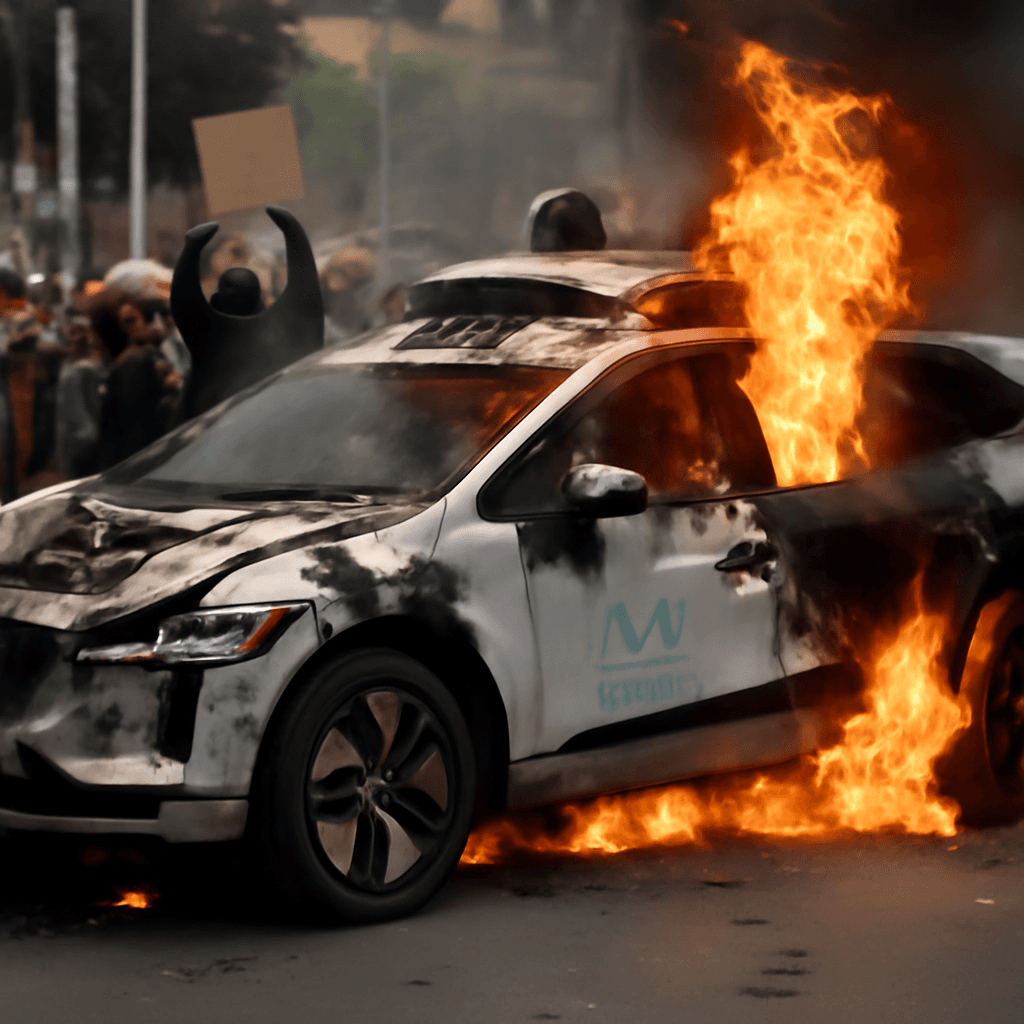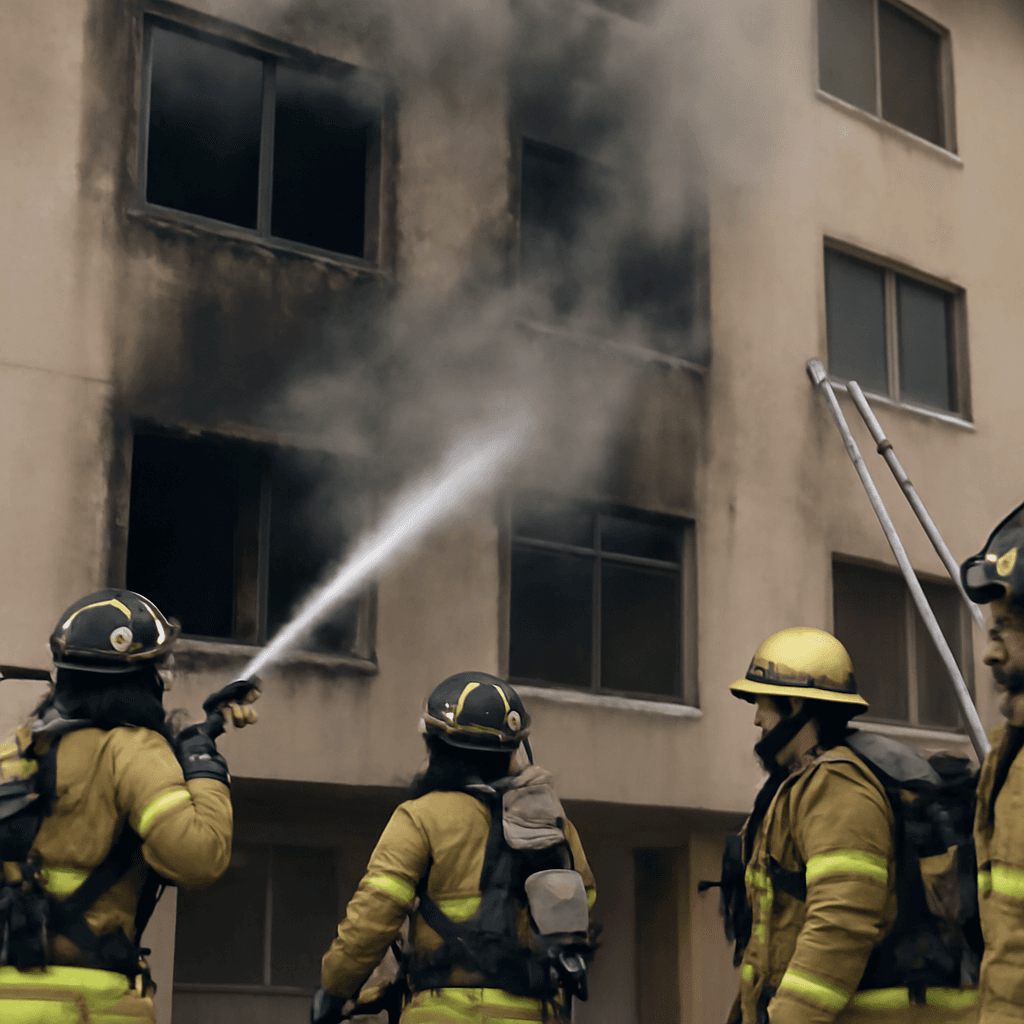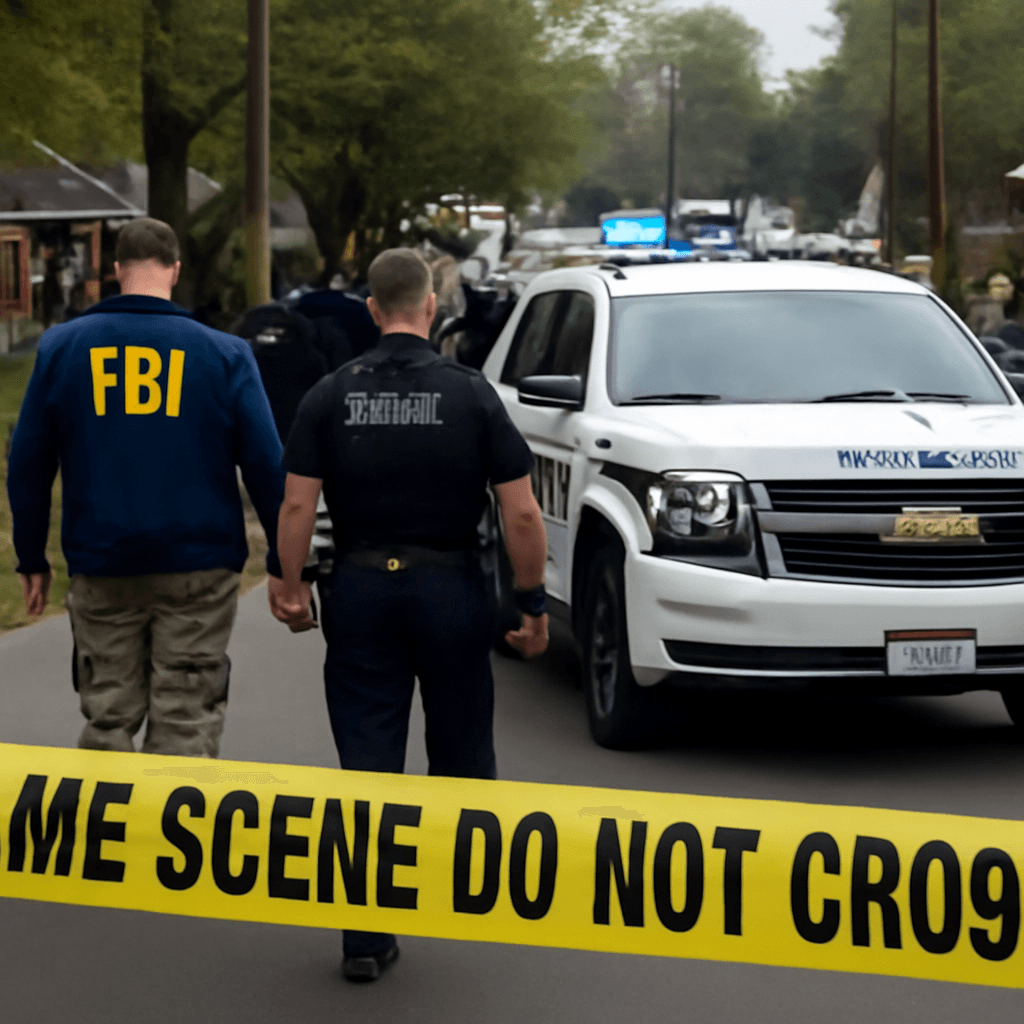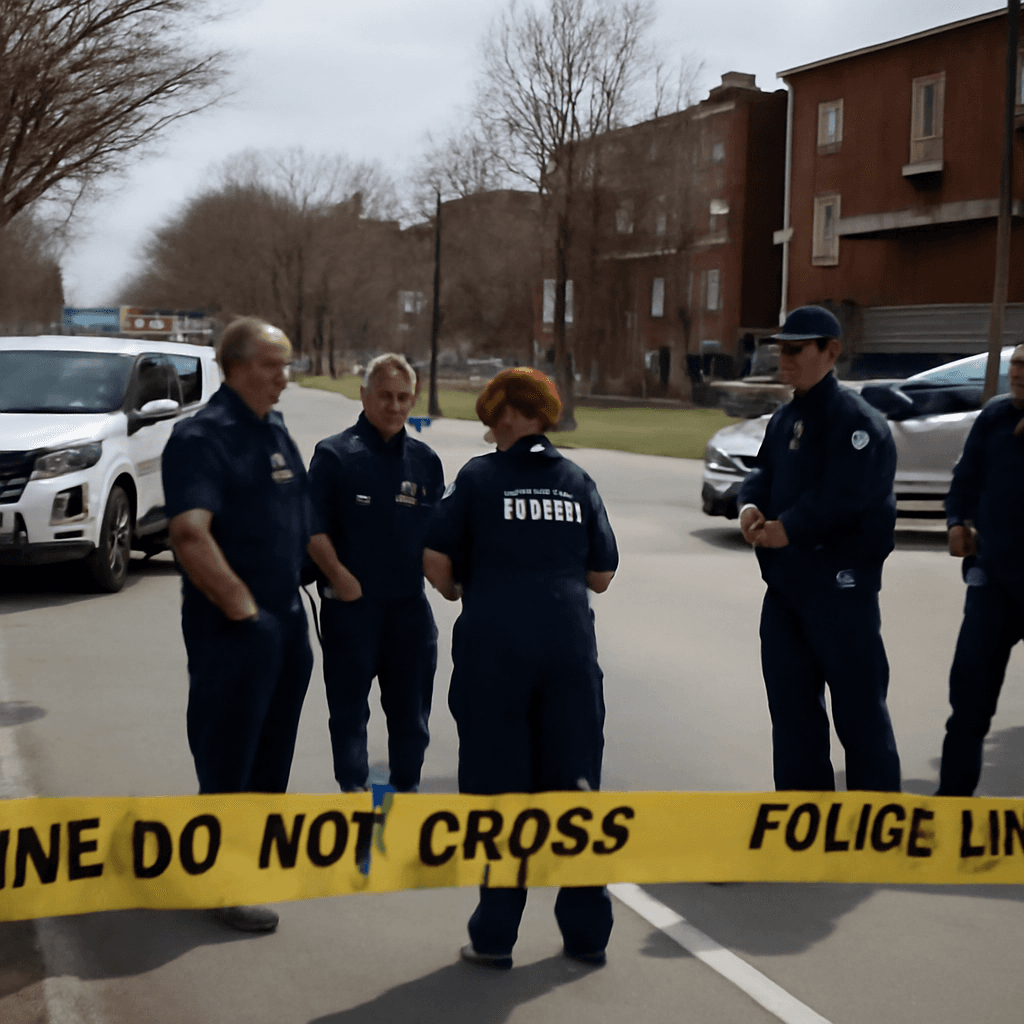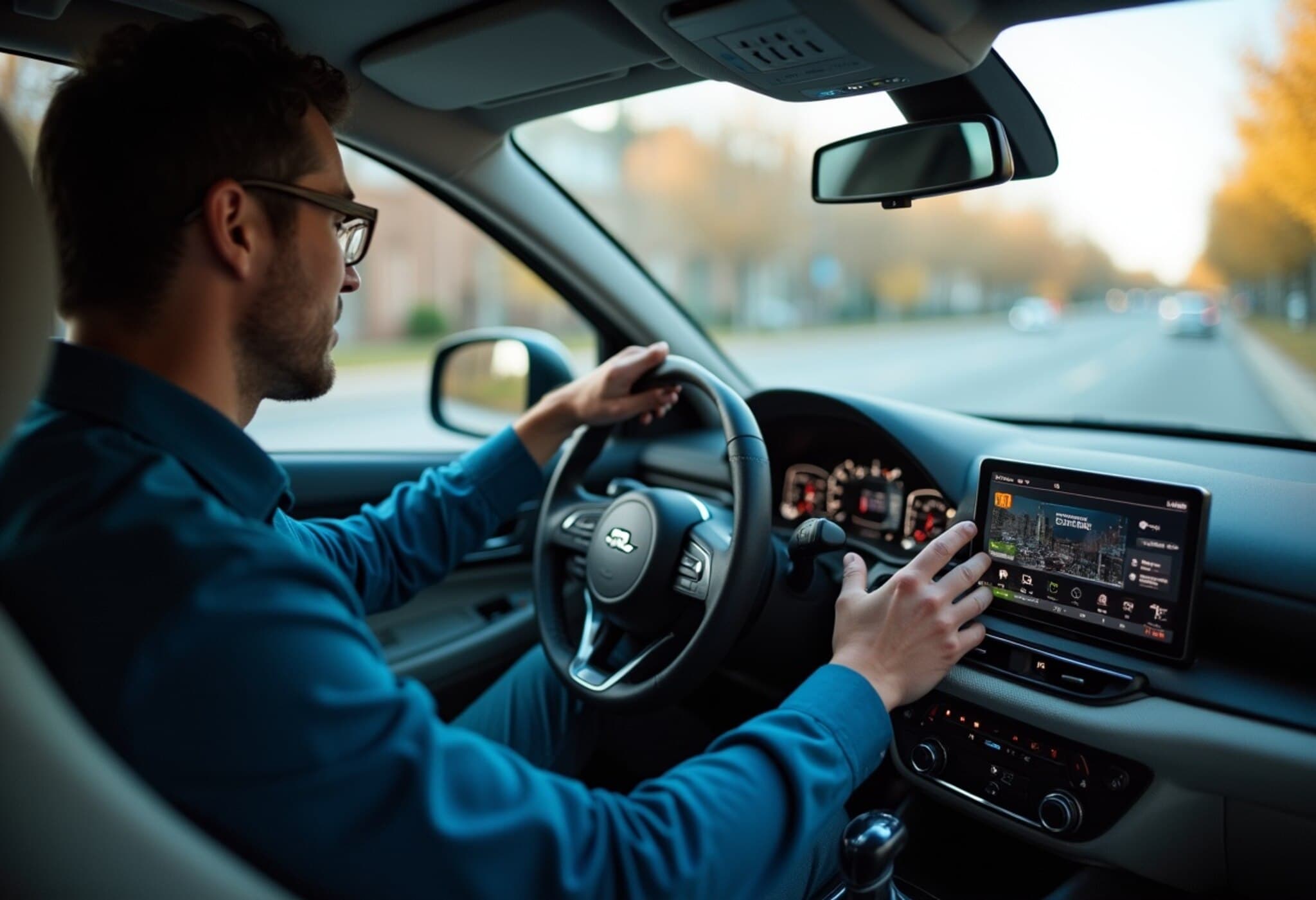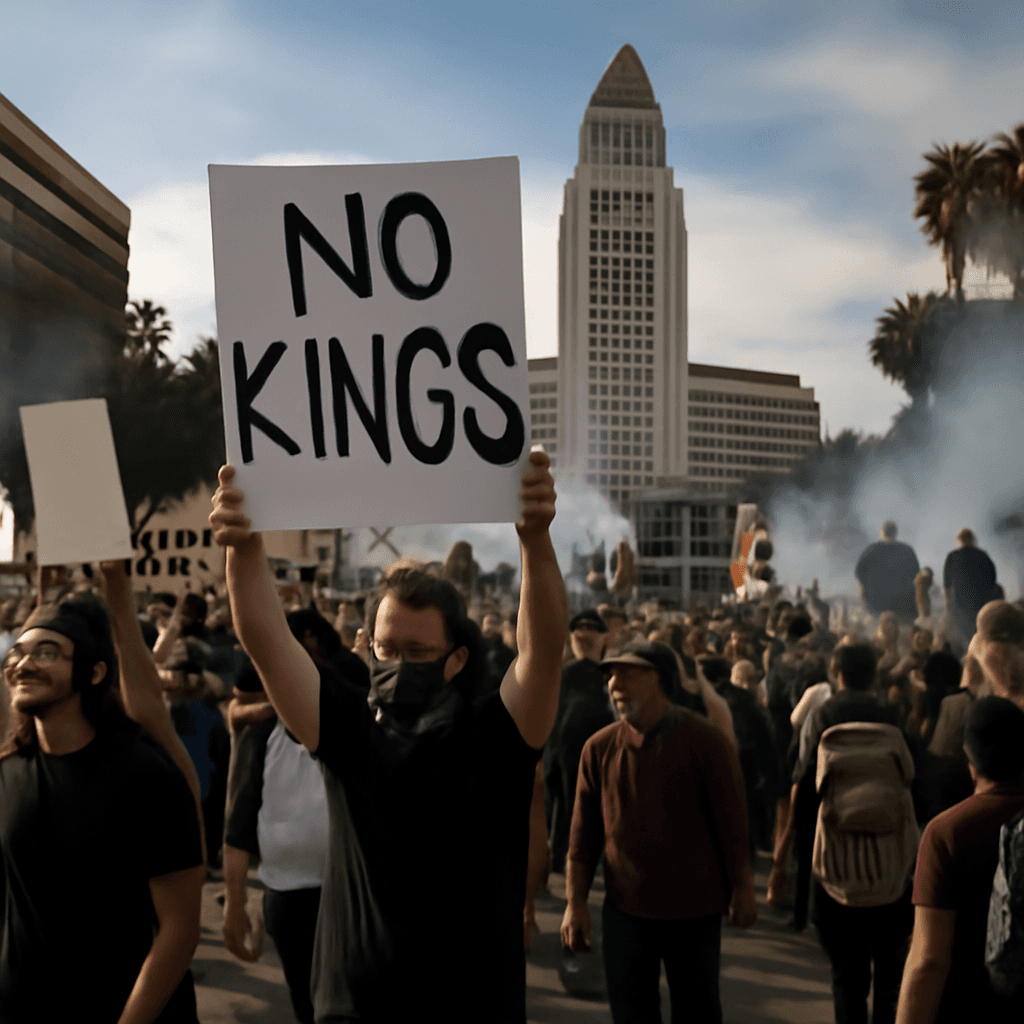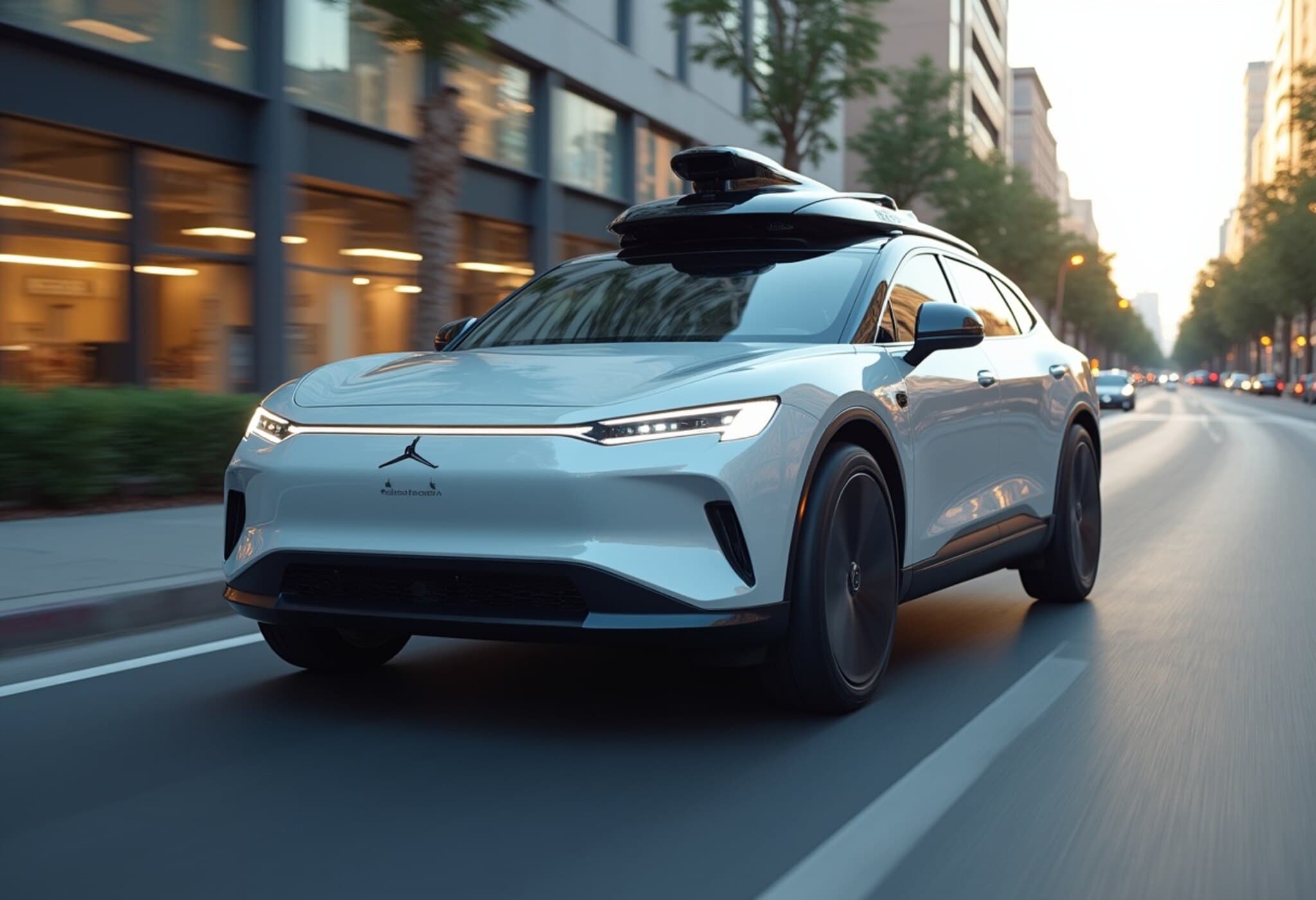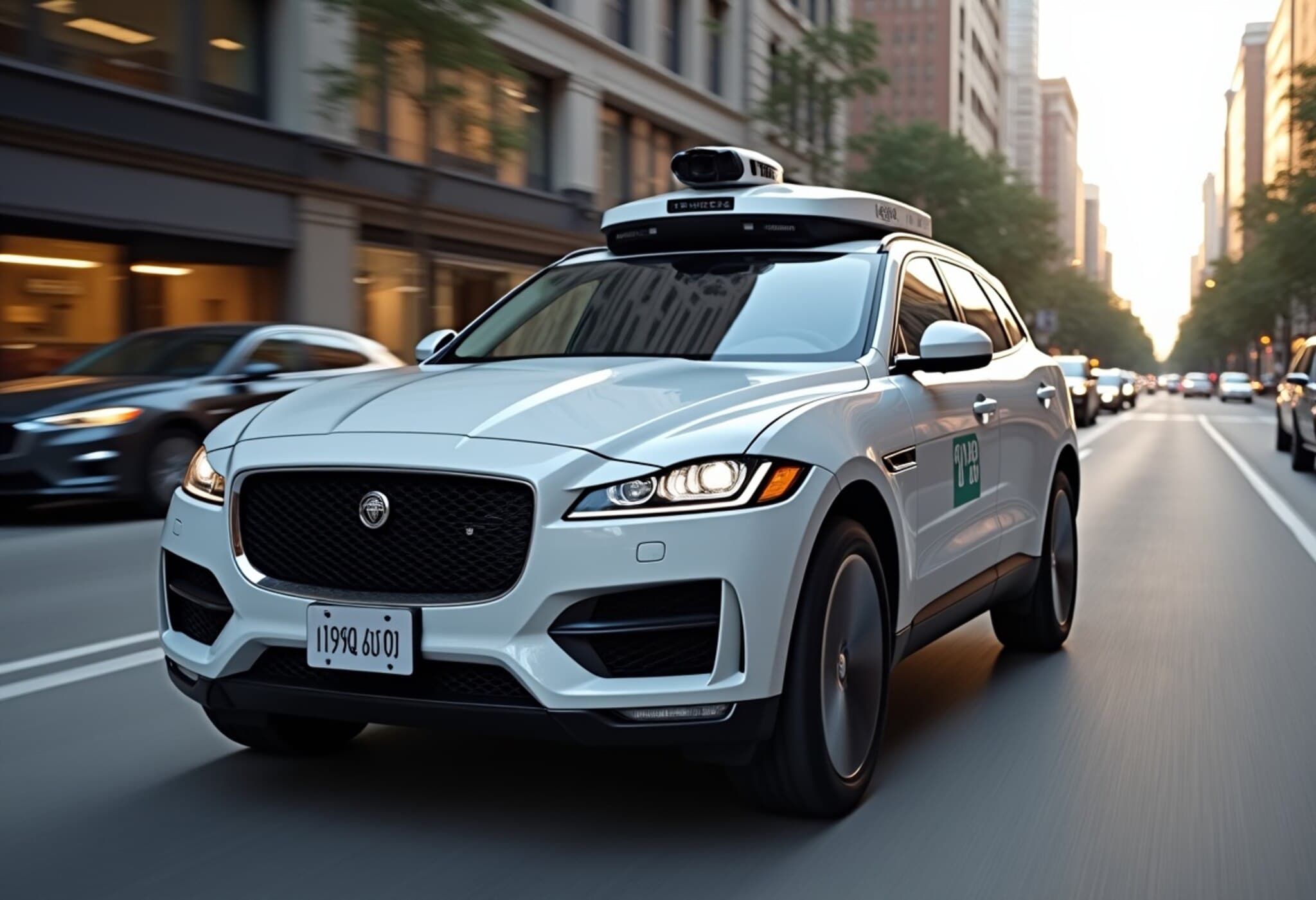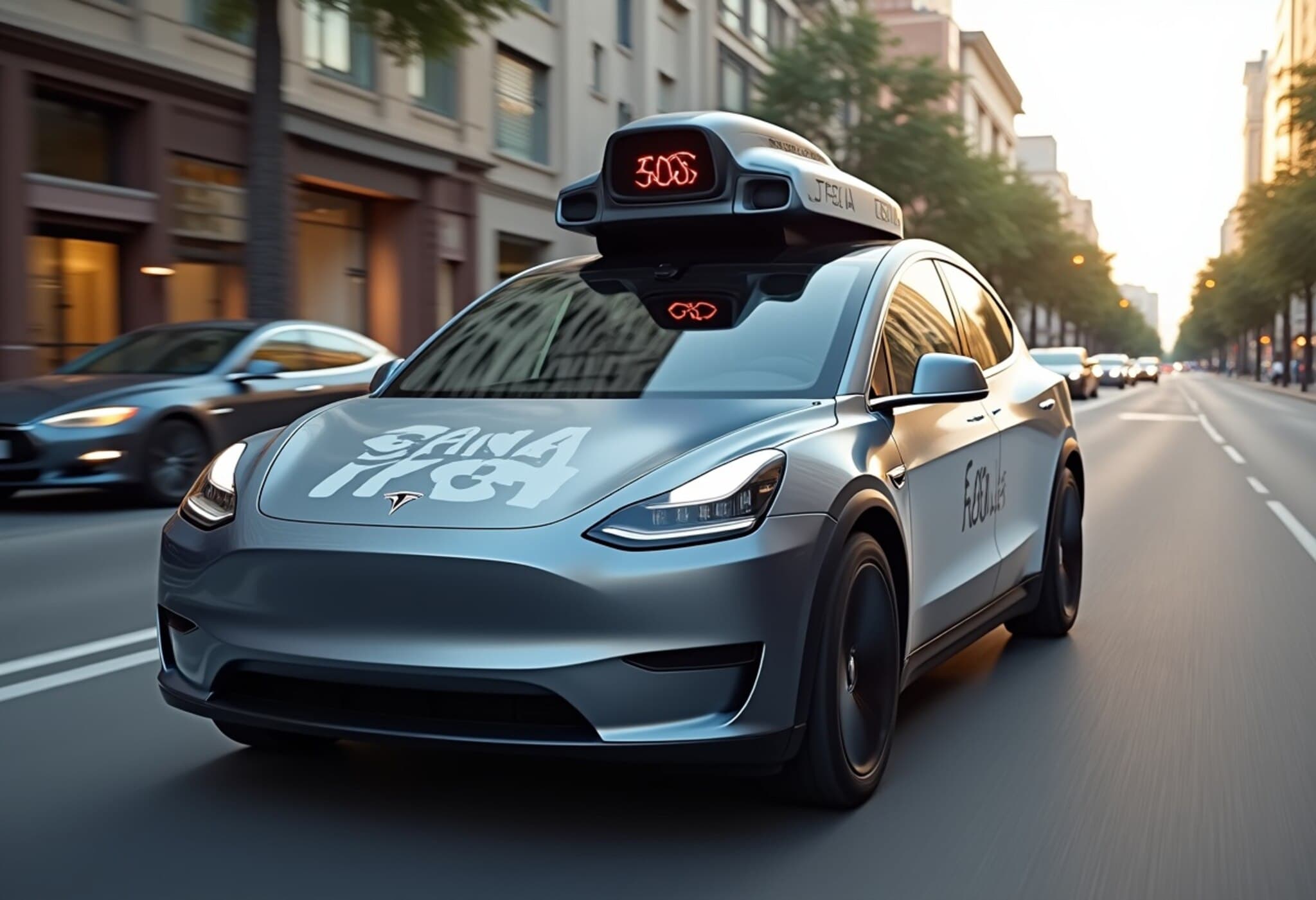Waymo’s Autonomous Cars Become Targets During LA Protests
In the midst of heated protests in Los Angeles sparked by recent immigration raids, several of Waymo’s self-driving taxis were vandalized and set on fire. Demonstrators, frustrated with law enforcement actions and concerns over Big Tech’s influence, targeted these high-tech vehicles. At least five Waymo Jaguar I-PACE electric SUVs were destroyed, creating a volatile scene in downtown LA.
Chaos on Los Angeles Streets: The Scene Unfolds
On Sunday evening near Los Angeles Street, between Arcadia and Alameda, protesters unleashed their anger by smashing windows and spray-painting anti-ICE slogans on the robotaxis. Some even threw electric scooters into the burning vehicles, removed car doors, and caused additional damage using makeshift tools like skateboards and improvised flamethrowers.
These incidents took place amid heightened tensions following the deployment of the National Guard—an action strongly opposed by California Governor Gavin Newsom. Although the unrest was not directly aimed at Waymo’s operations, the autonomous cars became collateral victims of the broader discontent.
Why Target Waymo?
Critics suggest the robotaxis symbolize more than just cutting-edge technology. Equipped with numerous cameras, these driverless vehicles are seen by some as mobile surveillance tools, raising concerns over privacy and protester anonymity. This perception has fueled hostility among demonstrators.
Waymo responded by temporarily withdrawing its fleet from downtown LA, prioritizing safety and cooperating with local authorities. A company spokesperson explained the suspension as a precautionary step, with services continuing in other parts of Los Angeles not affected by the protests.
Autonomous Vehicles and Vulnerability During Unrest
Unlike traditional taxis driven by humans who can respond to danger, Waymo’s programmed vehicles cannot avoid hazardous situations on their own. Their passive nature makes them easy targets during civil disturbances, especially given their distinctive, futuristic design.
Despite these challenges, Waymo’s presence in LA has grown significantly. The company announced that its cars have covered 1.9 million miles in the city, yet some communities feel blindsided by the uninvited integration of driverless technology into their neighborhoods.
Fire Hazards and Health Risks Amid Vandalism
The destruction of multiple electric vehicles has raised serious safety concerns. Fires ignited in EVs pose unique challenges for emergency responders since lithium-ion batteries can burn intensely without oxygen, emitting toxic gases like hydrogen fluoride.
Firefighters had to deploy specialized tactics, using copious amounts of water sprayed beneath the vehicles to cool the batteries and suppress the fires effectively. Authorities have warned that these battery blazes are more complex and hazardous compared to traditional gasoline vehicle fires.
Looking Ahead: The Future of Robotaxis in Public Spaces
The Los Angeles protests underline the complex social backdrop against which emerging technologies operate. While self-driving cars offer remarkable innovations, their role in public spaces during times of unrest remains uncertain. Balancing technological advancement with community concerns and safety will be crucial as such vehicles become more common.
As Waymo and similar companies navigate this new landscape, ongoing dialogue with local communities and responsive strategies will be vital to fostering acceptance and ensuring safety for all.

